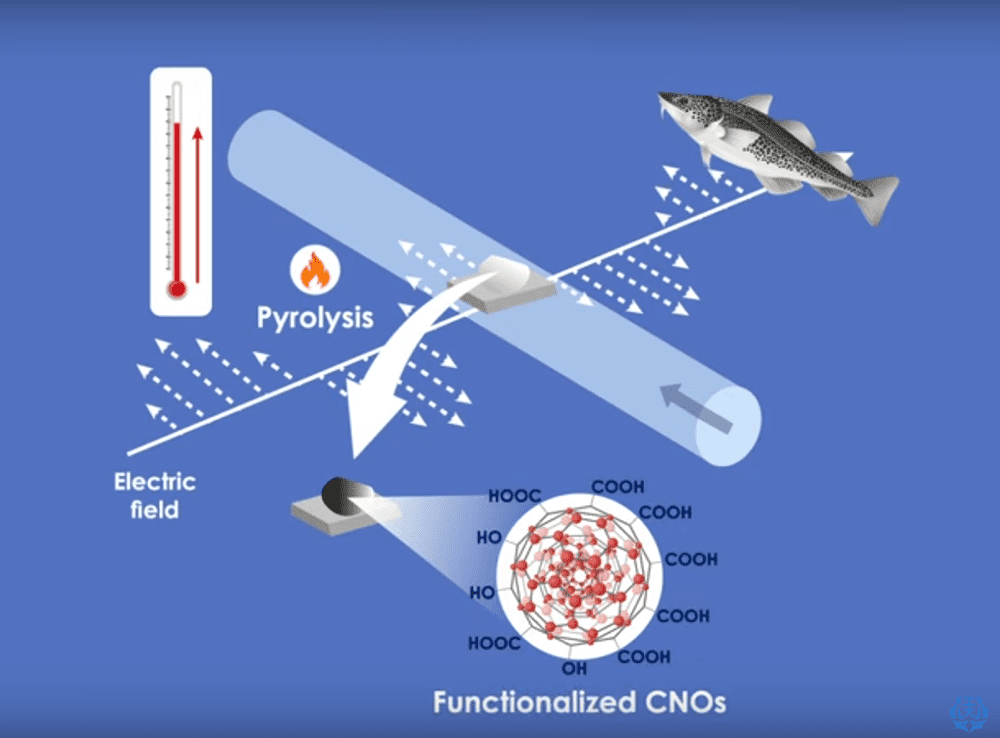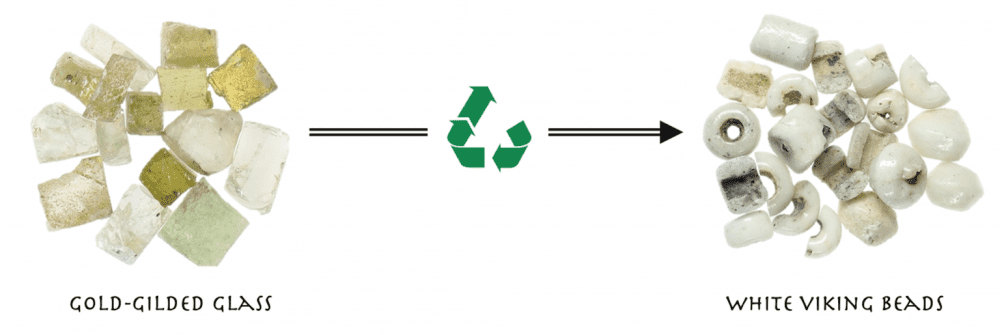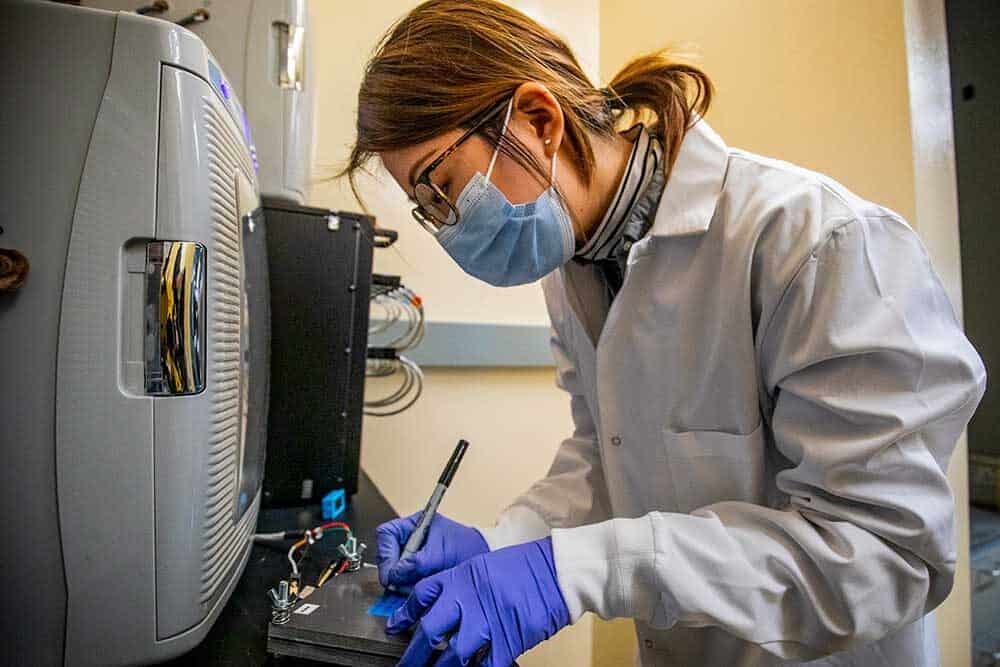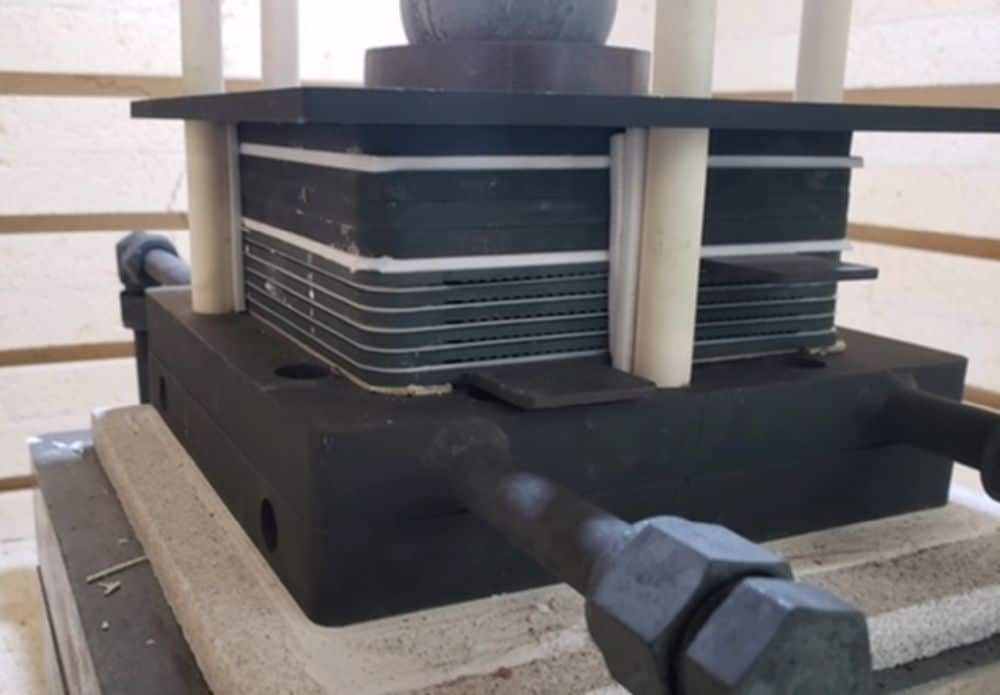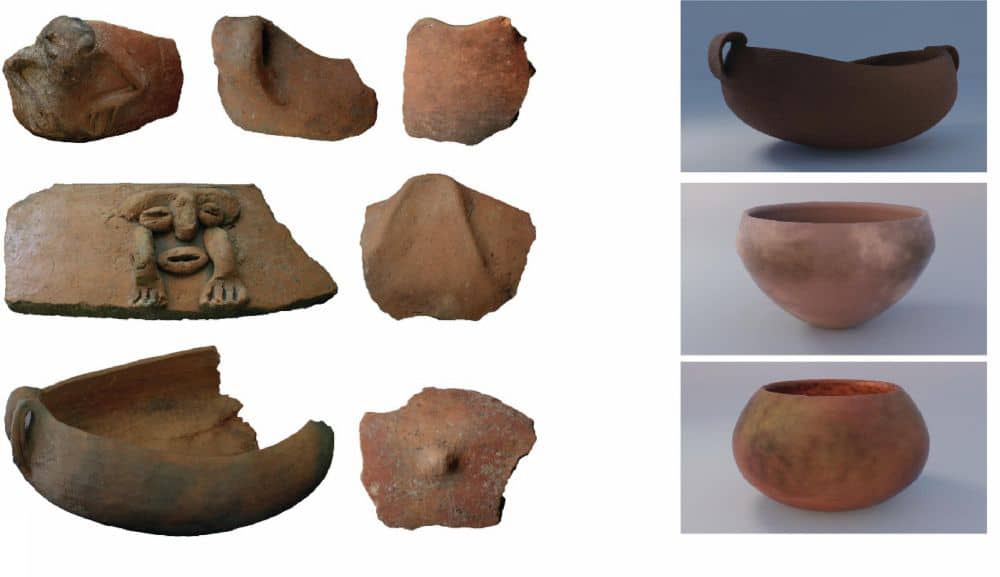Through an accidental discovery, NIST researcher Gary Zabow discovered a new microprinting method based on sugar and corn syrup that allows microscale arrays to be deposited with precision on highly curved, complex surfaces.
Read MoreEven when a shape-memory ceramic’s lattice compatibility is improved, it still often experiences cracking after just a few dozen transformation cycles. Researchers at the Massachusetts Institute of Technology improved the cyclability of shape-memory zirconia ceramics with the help of a multimode modeling approach.
Read MoreFerroelectric materials are expected to revolutionize the next generation of ultralow-power microelectronics. In a recent study, researchers led by the University of California, Berkeley achieved atomic-scale ferroelectricity in fluorite-structured zirconium dioxide thin films on silicon.
Read MoreCarbon nano-onions are a newer carbon nanostructure with great potential in application, but synthesizing these materials conventionally requires high temperatures, expensive feedstock, or corrosive environments. Researchers at Nagoya Institute of Technology used a one-step microwave pyrolysis process to turn fish scales into carbon nano-onions with highly crystalline and functionalized structures.
Read MoreGlass beads, though likely considered mundane at the time, now offer rich insight into the Middle Ages. Danish researchers dug deeper into the history of these beads by analyzing glass samples from two different workshops at the historical Ribe trading site in Denmark.
Read MoreHeavy metal contamination in aquatic ecosystems can lead to negative effects on human health. In a recent paper, researchers from Drexel University and Temple University developed a simple one-step method to fabricate functionalized Ti3C2Tx MXene for mercury removal from water.
Read MoreThe newly announced Mechanochemical Understanding of Solid Ion Conductors (MUSIC) research center will see the University of Michigan and eight partner institutions explore the use of ceramic ion conductors as replacements for traditional liquid electrolytes. Learn where research on solid-state batteries currently stands.
Read MorePreserving high-pressure states of novel materials at ambient conditions is a long-sought-after goal for fundamental research and practical applications. A recent joint project by researchers in China and the United States showed that properties of high-pressure materials can be maintained in free-standing, nanostructured diamond capsules without the support of traditional bulky pressure vessels.
Read MoreMass and volume limitations make it challenging to load a spacecraft with all the equipment needed for a mission. An effort led by the Air Force Research Laboratory is developing a solid oxide fuel cell that converts chemical energy in a spacecraft’s bipropellant into electricity, thereby allowing an existing spacecraft component to be used as an auxiliary power supply.
Read MoreMona Passage, a strait which separates the islands of Hispaniola and Puerto Rico, is believed to have served as a reception area for migration groups during the early Common Era. A recent open-access study contends that despite there being a broader regional network of interaction, the stable manufacturing tradition suggests a cultural continuity in the communities that lived there.
Read More



